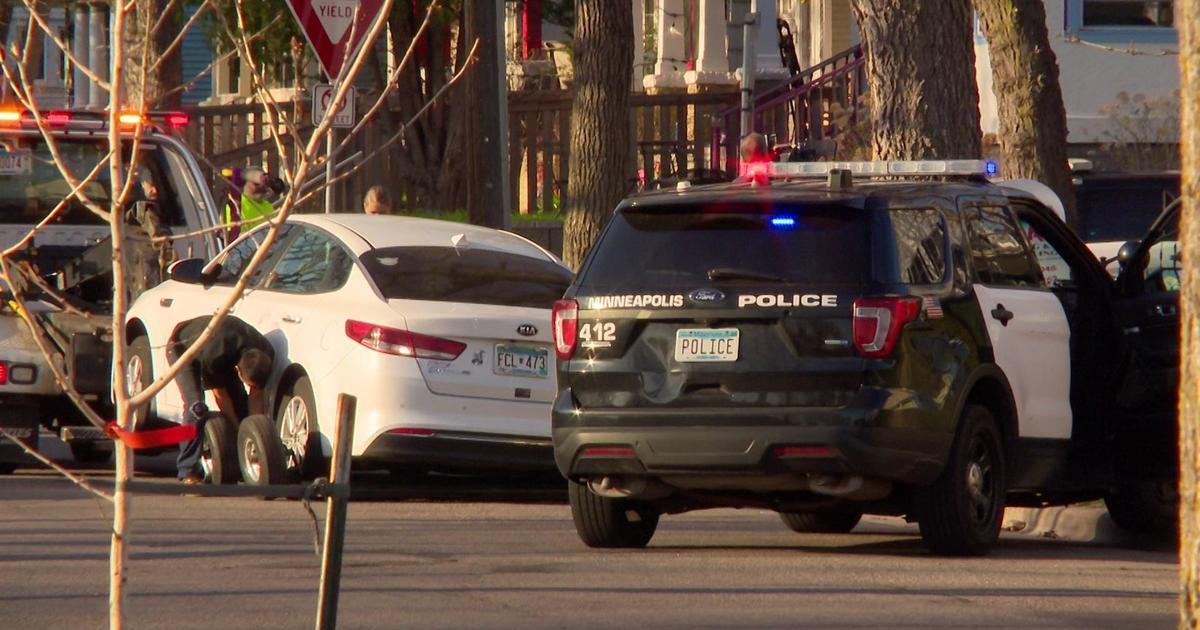Minnesota Zoo Defends Shooting Of Escaped Wolf
MINNEAPOLIS (AP) -- Three days after Minnesota Zoo handlers shot and killed an endangered wolf that escaped its enclosure, officials are still defending their actions to residents who wonder why the wolf couldn't just have been tranquilized.
Zoo staff said they were still answering emails asking why the 8-year-old Mexican gray wolf was killed instead of incapacitated and returned to its exhibit. At least one other wildlife expert wondered why zoo officials couldn't find a nonlethal way to deal with the situation Wednesday.
Peggy Callahan, the executive director of the Wildlife Science Center in Columbus, said an incident last year proved that lethal methods weren't always necessary. She said a Mexican gray wolf ran loose in the north metropolitan area but police, assured by Callahan's group that the wolf didn't pose a public threat, waited days for just the right moment to capture it.
"I think we handled it better than they did," Callahan said of zoo staff. She said they could have moved all visitors into buildings so the wolf could be cornered and tranquilized.
The problem, zoo handlers said, was that this wolf had made its way to a public path on the zoo grounds. Zoo staff shot and killed it to assure public safety, said Tony Fisher, the zoo's animal collection manager.
"We did our job, and we did it according to pre-approved policies," he said.
The problem with tranquilizers, zoo officials said, it that they can take up to 15 minutes to work, and they can also make an animal aggressive.
Lori Schmidt, a curator at the International Wolf Center in Ely, agrees that tranquilizers aren't a perfect answer, especially when public safety is involved.
"Drugging is not an exact science," she said.
Schmidt, who manages a facility with five wolves, said she makes sure the animals can't dig, wiggle or jump out of their enclosures. That becomes a challenge when they're drawn to an animal carcass or another wolf pack.
The Minnesota Zoo wolf was likely enticed to escape.
Zoo staff believe the wolf was chasing two wolves that were brought in from a flooded zoo in North Dakota. Pursuing them may have motivated the wolf to slip through a gap in a holding-area fence into a secondary enclosure.
Zoo staff planned to tranquilize the wolf there, but Fisher said staff decided to shoot it after it jumped an 8-foot fence into the public area.
"We don't want to create the impression that all wolves are bad, and all wolves need to be shot," Fisher said. "We're a conservation organization and that's not the message that we want to get out there. This wasn't a wild wolf. This was a captive wolf."
Unlike wolves raised in the wild, captive wolves have less fear of people, Fisher said. They're more likely to get closer to people, and could turn aggressive if cornered, he said.
New Brighton police said they didn't believe the public was ever in danger.
Even so, Callahan said she was worried about losing an animal whose numbers were already dangerously low. A St. Paul Pioneer Press report says there are an estimated 50 Mexican gray wolves in the wild and about 300 in captivity.
"There are so few of them," she said.
(© Copyright 2011 The Associated Press. All Rights Reserved. This material may not be published, broadcast, rewritten or redistributed.)



